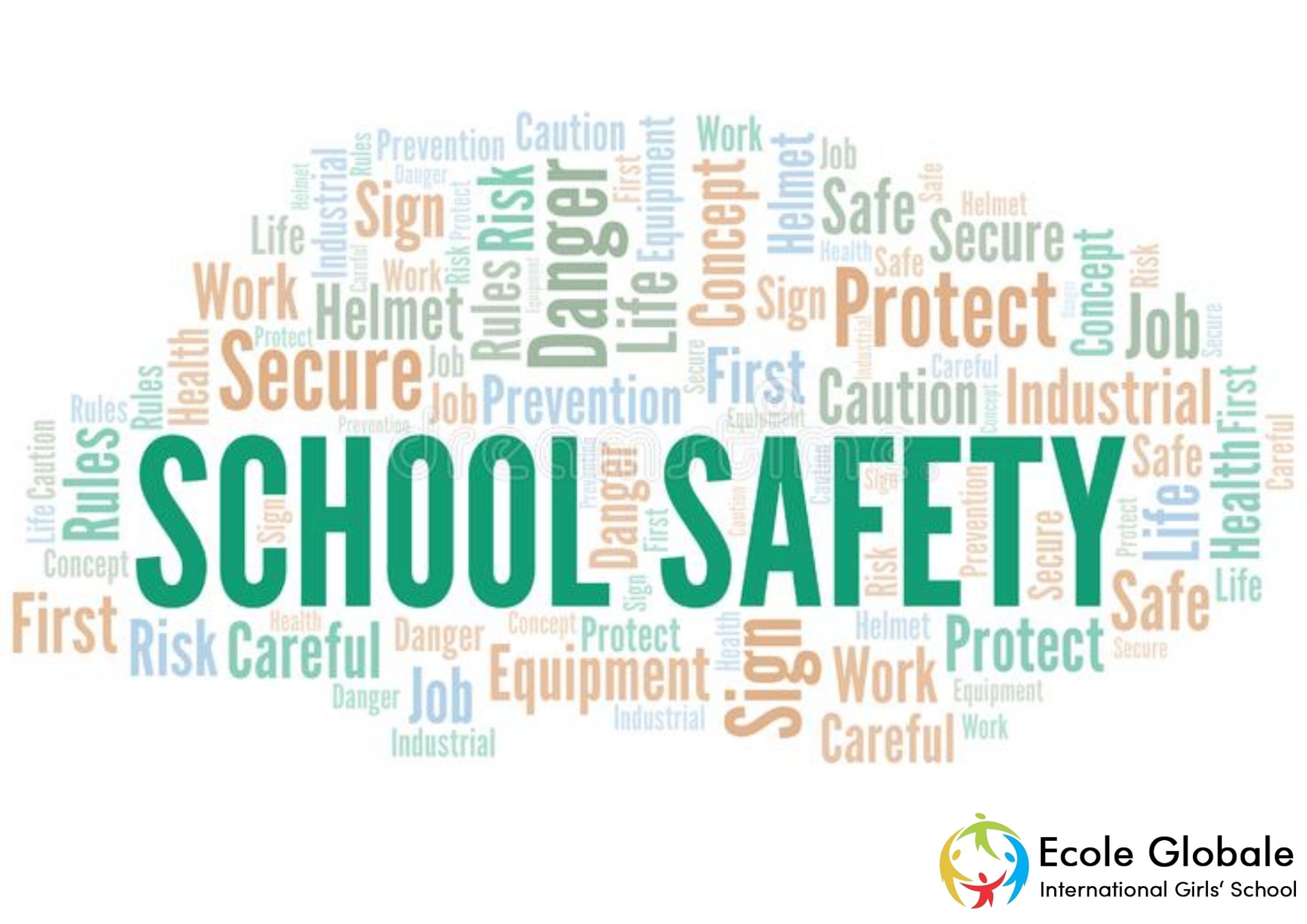In schools, safety is of prime concern. But with the increase in student population, and the growing awareness of security risks, the challenge that school administrators are facing are immense. In this blog, we will try to examine a few areas where heightened security is warranted. Any parent wants their child to go to school and be safe. If we feel our children might be endangered at school, most of us are unwilling to send them. Our kids spend so much time at school that there are all too many opportunities for them to be hurt or worse, killed. There have been many heartbreaking incidents of kids being bullied, taken advantage of, or abused by adults and other children who attend the same school. One headline you see almost weekly is about a school shooting. These types of violence can leave a long-lasting scar on a child’s psyche as they will forever associate going to school with danger.
At the forefront of parents’ minds, every day is their children’s safety and protection. Now, more than ever, parents are taking precautions to secure their children:- – from attending anti-bullies workshops to signing up for neighborhood watch programs; from getting involved in a PTSA or becoming a classroom helper to driving the carpool; from asking the right questions about bullying and talking to your child about inappropriate behavior towards one another.
The school bus is also a very dangerous place for children. In the past five years,2,300 children were injured and 100 were killed in school transportation-related incidents in the United States.
Back to School Safety Tips:
1) Have your child walk or ride their bike to school rather than ride a bus.
2) If your child does ride the bus, talk to the driver about his route and let him/her know that you would like information on any detours. Your child should be told to never get on or off of a bus unless it has come to a complete stop, its door is opened, and they are instructed by the driver.
3) Make sure your child’s backpack is not too heavy and that they carry only what they need for the day.
4) Make sure your child wears the proper shoes while walking to and from school.
5) Teach your children that if they ever feel unsafe at school or on their way there, they should immediately tell an adult that they trust: parent, teacher, coach, counselor, etc. This could save their life!
School safety is an important issue for parents, teachers, students, and community members. It is important to know the facts about violence and crime in schools. A media resource guide outlines available data and statistics on school-related crime and violence, including facts on bullying, fire-setting, school shootings, and weapons in schools. The guide also includes information about federal laws that may be of interest to you.
The National Center for Education Statistics (NCES) has compiled a variety of resources to help educators learn more about school safety issues. These resources include a Web-based research library that offers access to published research, fact sheets, and data on a variety of topics related to school safety.
Understanding School Crime and Violence: Statistics from the U.S. Department of Education’s Office of Safe and Drug-Free Schools provide a statistical portrait of crime in American public elementary and secondary school systems. This publication contains information on topics such as victimization, bullying/harassment, fighting, weapons, disruptive behavior, drugs/alcohol use, hate crimes/bias incidents, and dropout rates. There are a lot of things you can do to keep your kids safe at school. Be sure that the school is doing everything it can to protect them, too.
Here are 11 ways to keep your children safe:
- Have a safety plan in place.
- Know the emergency procedures at your child’s school.
- Find out if there are any anonymous phone numbers your child can call if he or she feels threatened or uncomfortable at school, like the Safe2Tell program for middle and high schools.
- If someone threatens your child via an email or social networking site, take it seriously and let school officials know about it as soon as possible.
- Make sure school staff know what your child looks like so they can identify him or her easily in case of a security threat or emergency evacuation.
- Talk to your child’s classmates and friends about making good choices so they aren’t tempted to bully, act violently or engage in destructive behavior that could put themselves or others in harm’s way. If you notice a change in their behavior, talk to them about it directly instead of ignoring it and hoping it will go away on its own.
- Encourage teachers to report bullying incidents if they see them happening
For any queries related to parenting, schooling, or for any student-related tips, click here to check out our latest blogs









